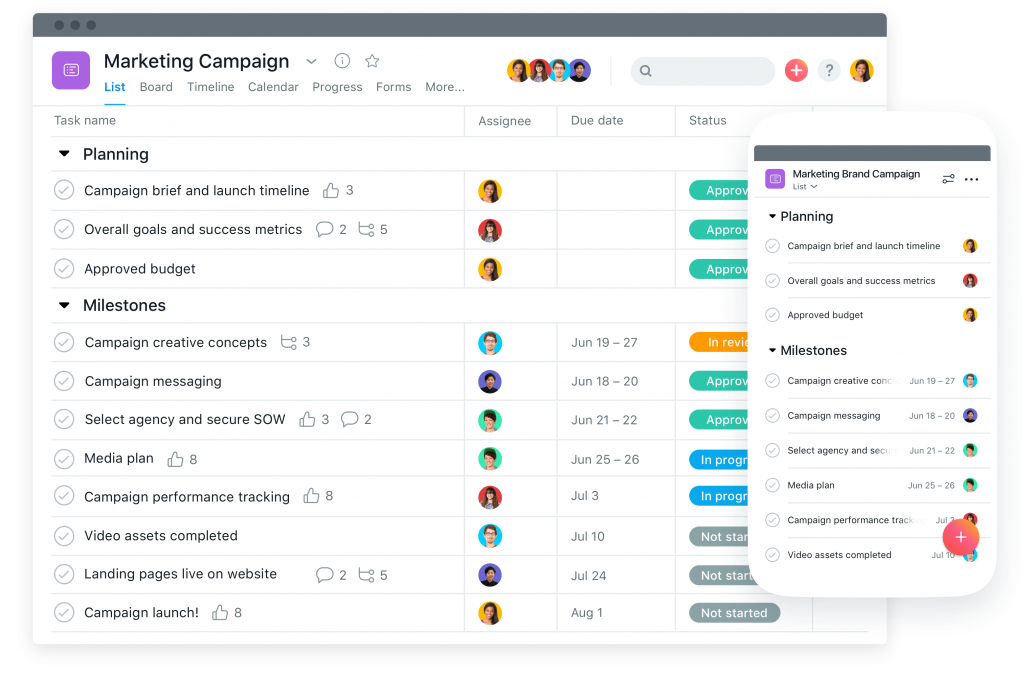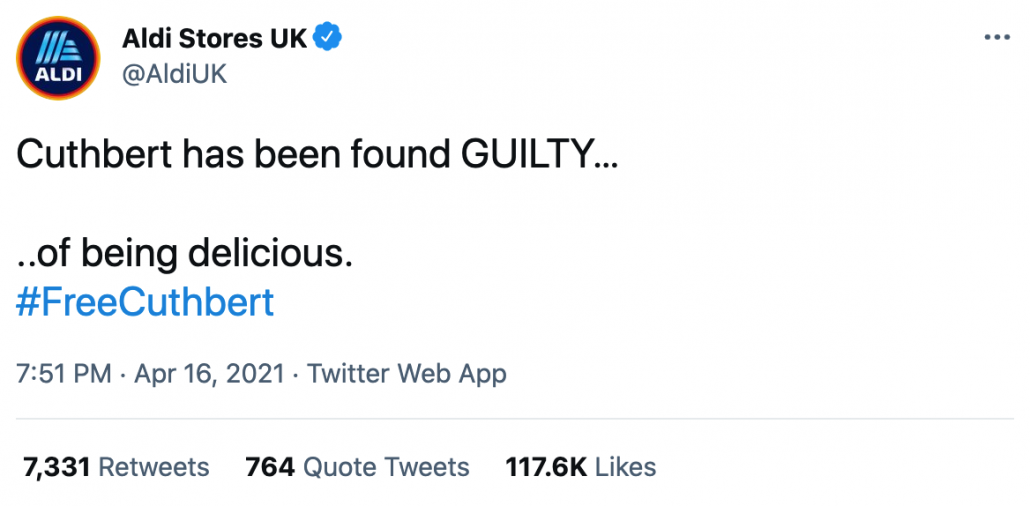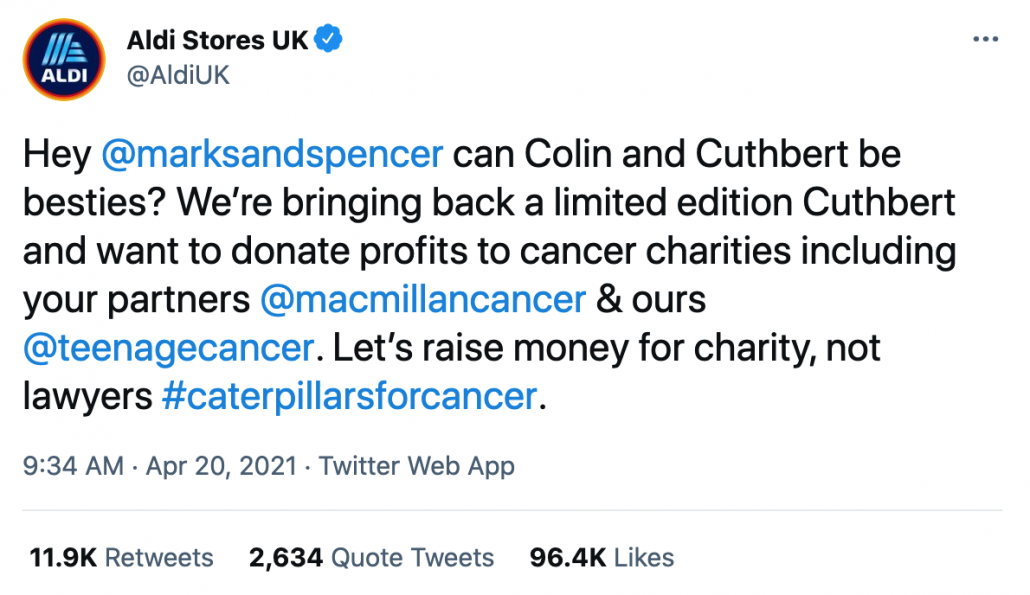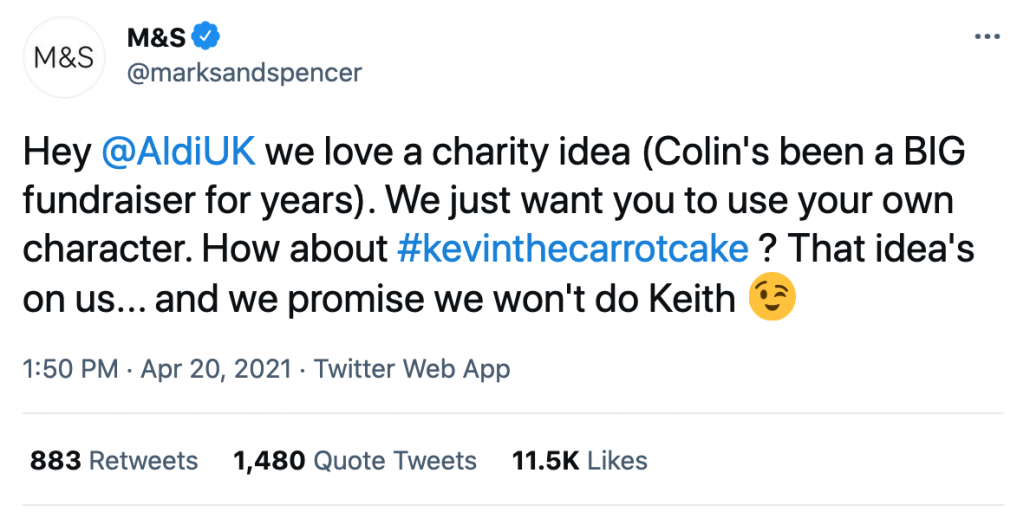Our Tips On Securing Media Coverage
Having worked both as a journalist and a PR person for nearly a quarter of a century, I have had a few years of trying to figure out what works when it comes to securing coverage in the media.
My take on it is there are a lot of factors to getting your news written about. But it really isn’t a dark art.
Here are a few tips on what works.
Make it newsworthy
The number one priority when trying to get a journalist to cover your news, is that it has to have a strong news hook. It needs to pass the ‘so what?’ factor. Don’t go to them with a weak story.
What makes a good news story is a whole blog post in itself but there are some basics to consider.
Is it of interest to the readers of the media outlet and is it the sort of story it normally covers? Look at what information creates headlines and what the media has written about other companies.
Just a side note on this though. You can have the best story in the world, but if it’s trumped by a bigger event or your timing’s off then you can definitely still fail your goal. Make sure you’re aware of the bigger news agenda that’s going on or coming up so you don’t try and compete.
Also, make yourself familiar with the media’s deadline. If you want your story to appear in print, you need to know when each copy/issue goes to bed, for example. When is all the editorial signed off?
It needs to be personal
Whilst it’s not always true these days that ‘people buy from people’ due to the marvellous invention that is the internet, it is still true that the personal touch goes, a very, long way.
This is important when you send out an email to a journalist with news attached. Don’t leave the greeting a blanket one. Use the person’s name when addressing them, not just a ‘hello’ or no greeting at all. No one wants to feel like they’re getting an email that’s gone to everyone. Everyone likes to feel that something is tailored to them.
On top of that, what’s going to get you the best chance of coverage is building a relationship with a journalist. Years ago, relationship building was about lunches, drinks and coffee but now it’s more likely to be about email or social media rapport.
Plus, you need to earn trust, which can be achieved through always providing a strong news story (see above) that’s relevant to the journalist’s readers. If a journalist knows that you always provide a decent story, they’re more likely to open your email from the very many they receive each day! This is the first hurdle you need to get past.
Always do what you say you’re going to do
Talking of trust, obviously working in PR is not always about being proactive, sometimes it’s the reactive activity that can land you the best results. We see this often here at Source PR.
That’s why, if you get an enquiry from a journalist, it’s imperative that you get back to them within their deadline. Not only does this give you the best chance of getting your client included in a news story, but it also shows that you are a reliable PR who can provide relevant information for a story on time. This means the journalist is more likely to think of you next time they need something.
If the journalist is reaching out to you, rather than you chasing them, then you’re definitely winning ☺️










